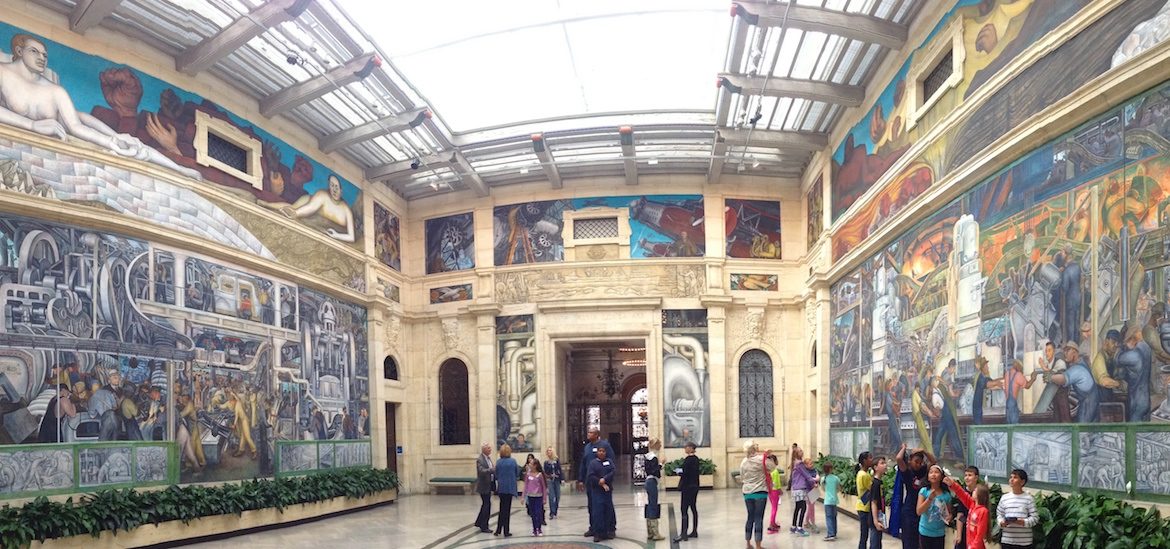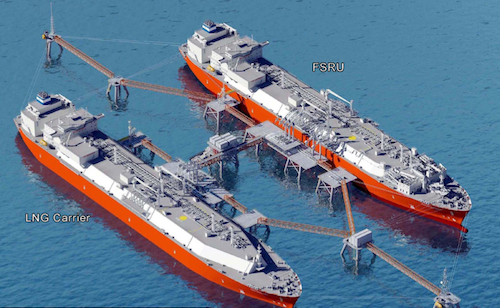English
Art and creditors: tactics from Detroit’s debt mediator
|
The Detroit Industry mural of the Mexican painter Diego Rivera rises magnificent, grandiose, at the atrium of the Detroit Institute of Arts (DIA). Inspired by the dynamics of a Ford factory, one of the most important automobile companies in the city, the monumental fresco of 1933 depicts, in four 360 walls composed of 27 panels, the workers of the auto industry surrounded by mechanization in production lines, monitored by managers, in contrast to indigenous figures and scenes exploring great human and capitalism dilemmas from Rivera’s Marxist stance. Some consider Detroit Industry as the best example of Mexican mural art in the United States, and the artist identified the piece as the best work of his career. It is the most striking work in a collection of 66,000 creations, which includes the acclaimed van Gogh, Renoir, Cézanne, Degas, Rodin, Warhol and Miró. Valued in $8.5 billion, the DIA collection was in danger of being sold to pay Detroit’s public debt, and after court battles and a fundraising marathon that ended in a deal called The Grand Bargain, is now protected in a public trust, a legal move that gave breathing air to the city pension system.




